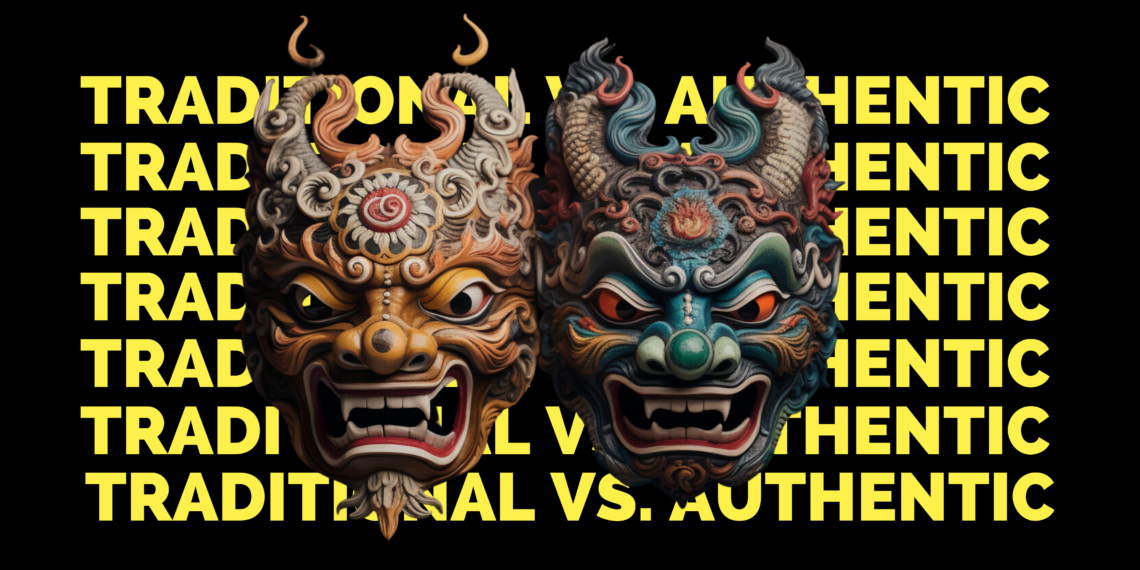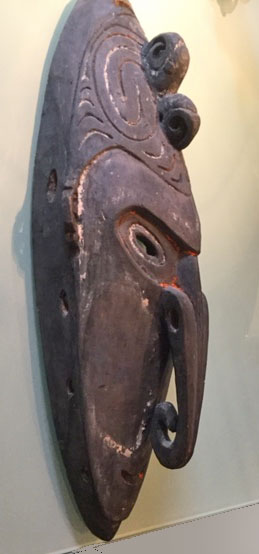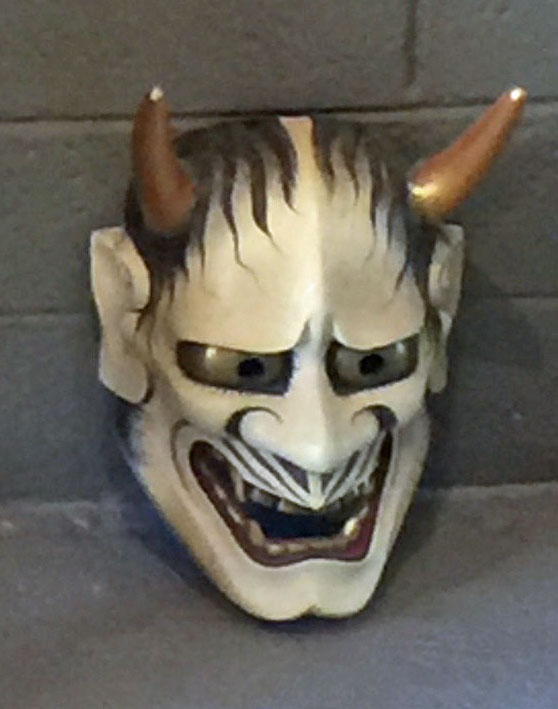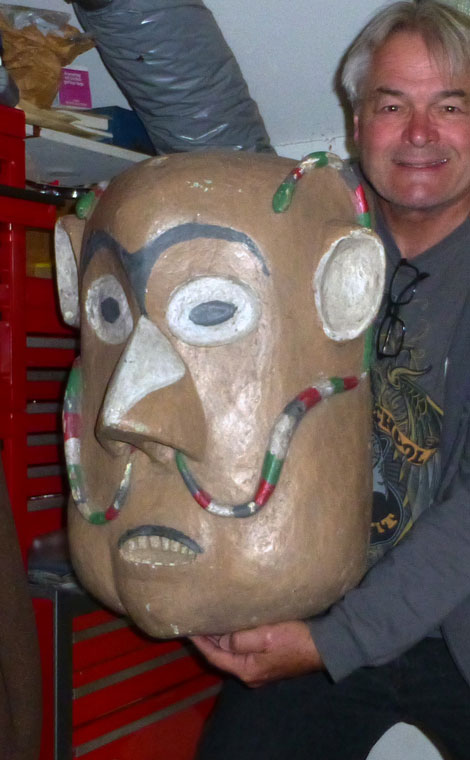In the world of mask collecting, words matter. Two terms that often get used interchangeably, but carry distinct meanings, are “traditional” and “authentic.” While both terms evoke a sense of cultural significance and historical depth, they represent different facets of a mask’s story. Let’s dive into the nuances that set them apart.
Traditional Masks: A Cultural Reflection
When we talk about “traditional” masks, we’re referring to masks that are deeply rooted in the culture of a particular region or community. These masks:
- Are crafted by local artisans, often using techniques passed down through generations.
- Represent characters, myths, or stories indigenous to that culture.
- May be used in local festivals, dances, or other community events, but not necessarily in sacred or ritualistic ceremonies.
For example, a mask made in Bali that depicts a character from the Ramayana epic can be considered traditional. It mirrors the cultural narratives and artistic styles of the region, even if it was crafted recently for commercial purposes.
Authentic Masks: A Direct Link to Rituals
On the other hand, “authentic” masks have a deeper, more specific connotation:
- They have been used in actual ceremonies or rituals.
- Their authenticity can be verified, often through provenance or other forms of documentation.
- They carry the energy and history of the events in which they were used.
Consider, for instance, a mask used by a shaman in a healing ritual. This mask, stained with the patina of use and accompanied by documentation or testimonies of its use in ceremonies, would be deemed authentic.
Why the Distinction Matters
For collectors, understanding the difference between traditional and authentic is crucial. While both types of masks offer cultural value, authentic masks often carry a premium due to their direct link to historical events or rituals. They’re not just artifacts; they’re witnesses to moments in time.
However, this isn’t to downplay the value of traditional masks. These pieces are a testament to the enduring power of cultural narratives and the skill of artisans who keep these stories alive through their craft.
In conclusion, whether you’re drawn to the historical weight of authentic masks or the cultural richness of traditional ones, appreciating the distinction between the two can deepen your connection to your collection. After all, every mask has a story, and as collectors, we’re simply the latest caretakers of those tales.






One Comment
Sterling
What type of masks are shown in the headline image for this article where it says traditional and authentic repeating behind them?